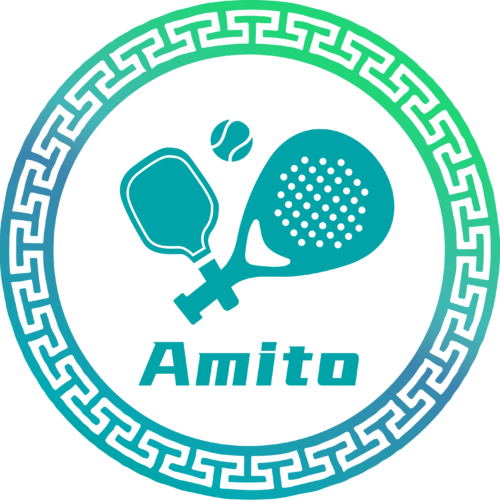The world of pickleball paddles is vast and varied, leaving many players pondering the question: “What type of pickleball paddle is best?” The answer isn't one - size - fits - all; it depends on several factors, including your skill level, playing style, and personal preferences. In this comprehensive blog post, we'll break down the different types of pickleball paddles and help you determine which one is the perfect match for you.Consider Your Skill Level
Beginners
If you’re new to pickleball, the best paddle type is one that prioritizes forgiveness and ease of use. Fiberglass-faced paddles with a polypropylene honeycomb core are an excellent choice. Fiberglass faces are more forgiving, meaning they can still produce decent shots even if your contact with the ball isn’t perfectly centered on the sweet spot. The polypropylene honeycomb core offers a good balance of power and control, helping you learn the basics of the game without feeling overwhelmed. Additionally, these paddles are often more affordable, making them a great option for those just starting out and not yet ready to invest a large amount of money.
Intermediate Players
As you progress to an intermediate level, you may want a paddle that offers more control and the ability to start adding some finesse to your shots. Paddles with a combination of a graphite face and a polypropylene honeycomb core can be ideal. The graphite face allows you to start generating more spin on your shots, giving you an edge in rallies. Meanwhile, the polypropylene honeycomb core still provides the stability and shock absorption you need for longer, more intense matches. Intermediate players might also consider paddles with slightly different shapes, such as elongated paddles, which can offer increased reach and leverage for more advanced shot – making.
Advanced Players
For advanced pickleball players, performance is key. High – end paddles with carbon fiber or advanced graphite faces and specialized cores are the way to go. Carbon – fiber – faced paddles are extremely lightweight yet incredibly strong, allowing for maximum power and spin. These paddles are designed to meet the demands of competitive play, where split – second decisions and precise shots can make all the difference. Some advanced paddles also feature unique core designs, such as multi – layer cores, that are engineered to provide enhanced control and responsiveness.
Analyze Your Playing Style
Power – Oriented Players
If your playing style is all about hitting powerful shots and overpowering your opponents, look for paddles with a thicker core and a graphite or carbon fiber face. Thicker cores, especially those made of polypropylene honeycomb, can generate more power on each stroke. Graphite and carbon fiber faces, with their smooth surfaces, allow you to transfer maximum energy to the ball, resulting in hard – hitting shots. Elongated paddle shapes can also be beneficial for power players, as they provide additional leverage for more forceful swings.
Control – Focused Players
Players who prefer a more strategic game, focusing on precision shots like dinks and drops, will benefit from paddles with softer cores and textured faces. Foam – core paddles offer excellent feel and control, enabling you to place the ball exactly where you want it. Fiberglass – faced paddles, with their slightly textured surfaces, can also enhance control, especially when executing delicate shots near the net. Rectangular paddle shapes with larger sweet spots are often a good choice for control – focused players, as they increase the likelihood of making solid contact with the ball.
All – Around Players
For those who like to have a balanced approach, combining power and control, a paddle with a medium – thickness polypropylene honeycomb core and a graphite or fiberglass face is a great option. These paddles offer a good mix of both worlds, allowing you to play aggressive when needed and also execute precise shots. A standard rectangular shape with a moderate size sweet spot provides consistency across different types of shots, making it suitable for players who adapt their style based on the situation.
Other Factors to Consider
Grip Preference
The grip of the paddle is crucial for comfort and control during long matches. Some players prefer thicker grips for a more cushioned feel, while others like thinner grips for better tactile feedback. Rubber grips offer excellent traction, while EVA foam grips are soft and comfortable. Corded grips can provide good moisture – wicking properties. Experiment with different grip materials and thicknesses to find the one that feels best in your hand.
Paddle Weight
Paddle weight can significantly impact your game. Lighter paddles are more maneuverable, making them ideal for quick shots and volleys. Heavier paddles, on the other hand, can generate more power but may be slower to swing. Consider your physical strength and the type of shots you commonly play when choosing a paddle weight.
In conclusion, determining the best type of pickleball paddle requires careful consideration of your skill level, playing style, grip preference, and paddle weight. By understanding the characteristics of different paddle types and how they align with your needs, you can make an informed decision that will enhance your performance on the court. Whether you’re just starting out or a seasoned pro, there’s a perfect pickleball paddle out there waiting for you to take your game to the next level.
